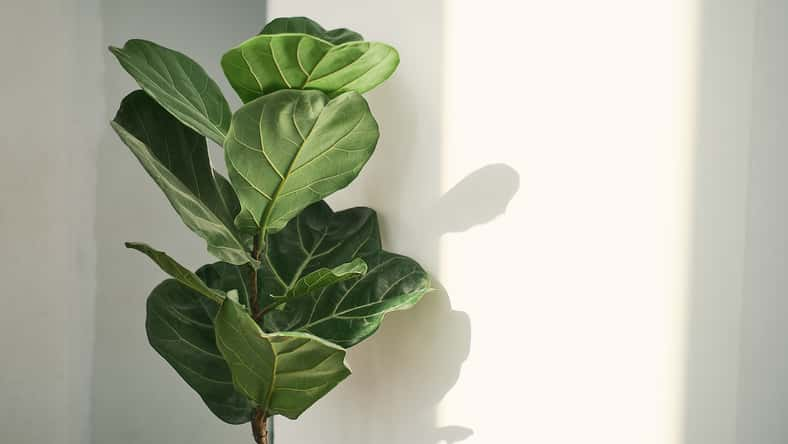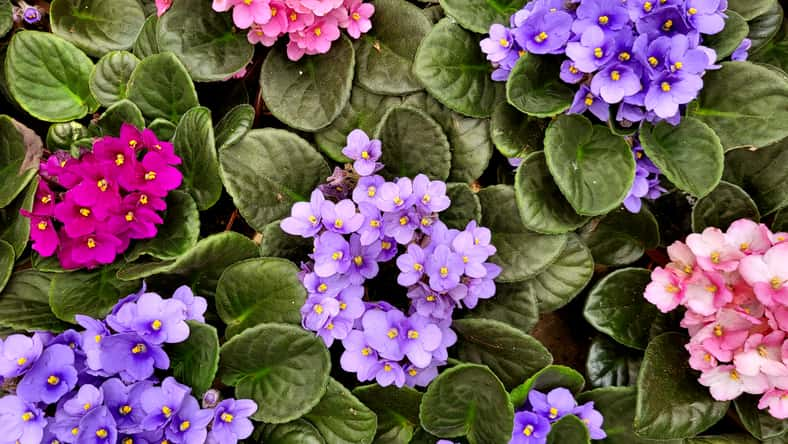
Eggplant, also known as aubergine, is a versatile and visually striking addition to any garden. Not only does it offer a rich, unique flavor that works well in a variety of dishes, but its deep purple fruits and glossy foliage simply make it a very attractive plant.
So, if you’ve been considering adding eggplant to your garden lineup, now’s the time. Here’s everything you need to know about nurturing these fan-favorite fruits (yes, they’re technically fruits!) from seed to harvest.
Why Grow Eggplant In Your Garden?
We all know that eggplants are beautiful and interesting to look at. But they are also a powerhouse of nutrients, including fiber, antioxidants, and vitamins.
They can be grilled, baked, roasted, or even made into tasty dishes like ratatouille and baba ganoush.
Not to mention, growing eggplant at home ensures you have only the freshest, most flavorful fruits, free from the chemicals often used in commercial farming.
Varieties Of Eggplant
Now, there’s a whole world of eggplant varieties out there beyond the common large, dark purple types.
If you’re looking to experiment, you can consider varieties like Black Beauty or Ichiban, which are known for their classic shape and tender texture.

For something a bit different, you can try Rosa Bianca, a Sicilian variety with a milder flavor, or Thai Green, which is perfect for Southeast Asian dishes.
Each variety does have its own growth habitat and space requirements, so be sure to choose one that suits your garden size and culinary preferences.
Growing Eggplants From Seed
Growing your very own eggplants from seed can be such a rewarding experience. To get started, always begin indoors about six to eight weeks before the last frost date.
Just keep in mind that eggplants require warmth, so you can use a heat mat to maintain a soil temperature of between 75°F and 85°F.
You should plant the seeds a quarter inch deep in small pots and keep the soil moist. Then, once the seedlings emerge, ensure they get plenty of light – either from a sunny window or a grow light – to prevent them from becoming leggy.
Then, after daytime temperatures reach 70°F consistently, you can gradually introduce your plants to the outdoors. Set them outside in a shady spot and bring them indoors on cooler nights, progressively increasing your plants’ exposure to direct sunlight.
Caring For Eggplants
Eggplants thrive in warm weather and will need full sun and well-draining soil once planted outside.
So, when transplanting, you should space them about 24 inches apart in a location that receives at least six hours of direct sunlight each day. Regular watering is also crucial, especially once the plants start flowering and fruiting.
You can mulch around the base to retain moisture and regulate soil temperature. Additionally, eggplants benefit from a balanced fertilizer every few weeks during the growing season.
Harvesting Eggplant
Once your eggplants have glossy skin and fruit that is firm, you can finally start to harvest. The size at harvest can vary depending on the variety, but generally, the fruit should feel heavy for its size.
To harvest, all you have to do is cut the eggplant from the stem with pruning shears, leaving a short piece of the stem attached. Just remember to be gentle, as the plants can be delicate.
Common Problems And Solutions
Unfortunately, eggplant can be susceptible to pests like flea beetles and spider mites. So, keep an eye out for small holes in the leaves or fine webs. Organic solutions such as neem oil can also be effective in controlling these pests.
Diseases like verticillium wilt are common as well, often signaled by wilting leaves. That’s why you must ensure good air circulation around your plants and rotate crops each year to prevent disease buildup in the soil.
Sign up for Chip Chick’s newsletter and get stories like this delivered to your inbox.












